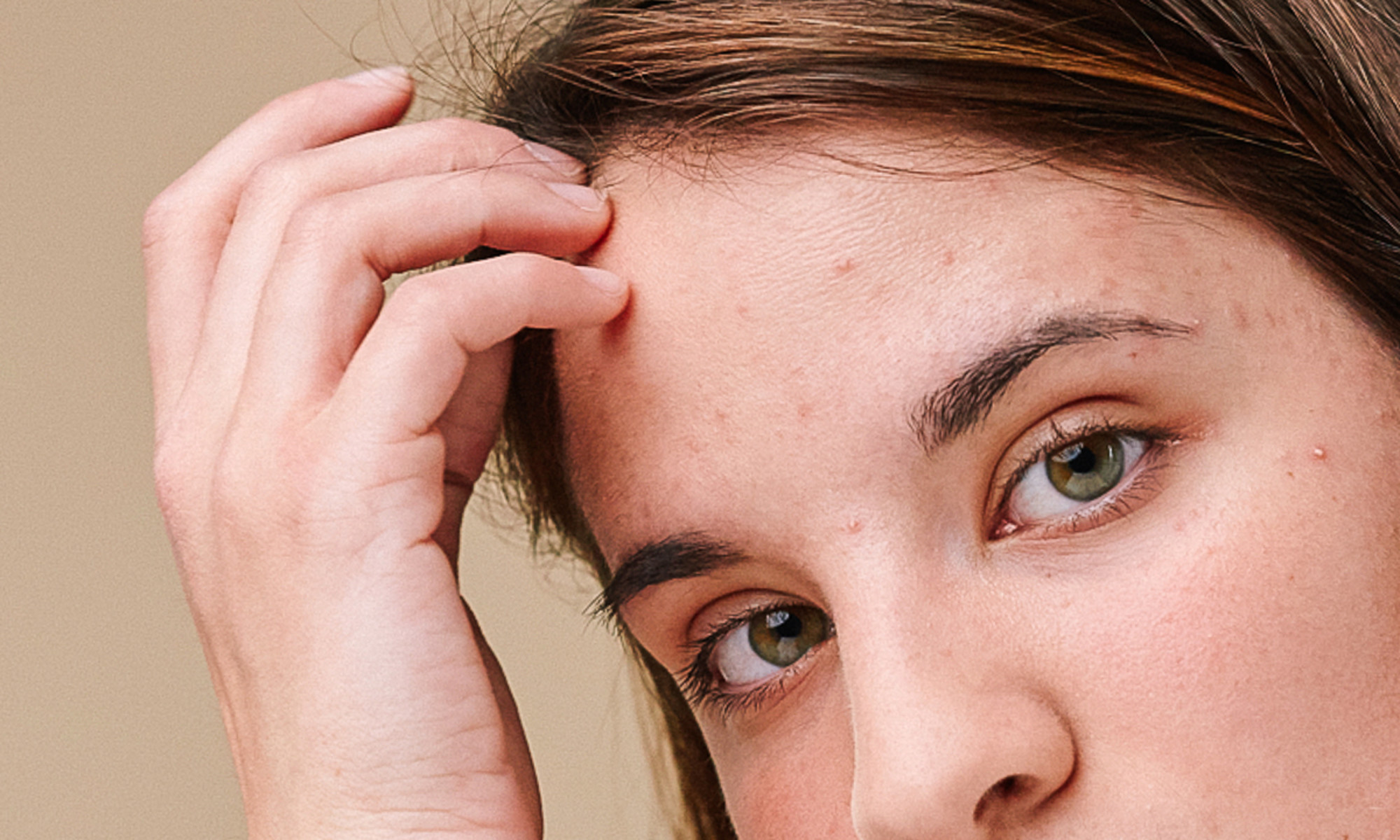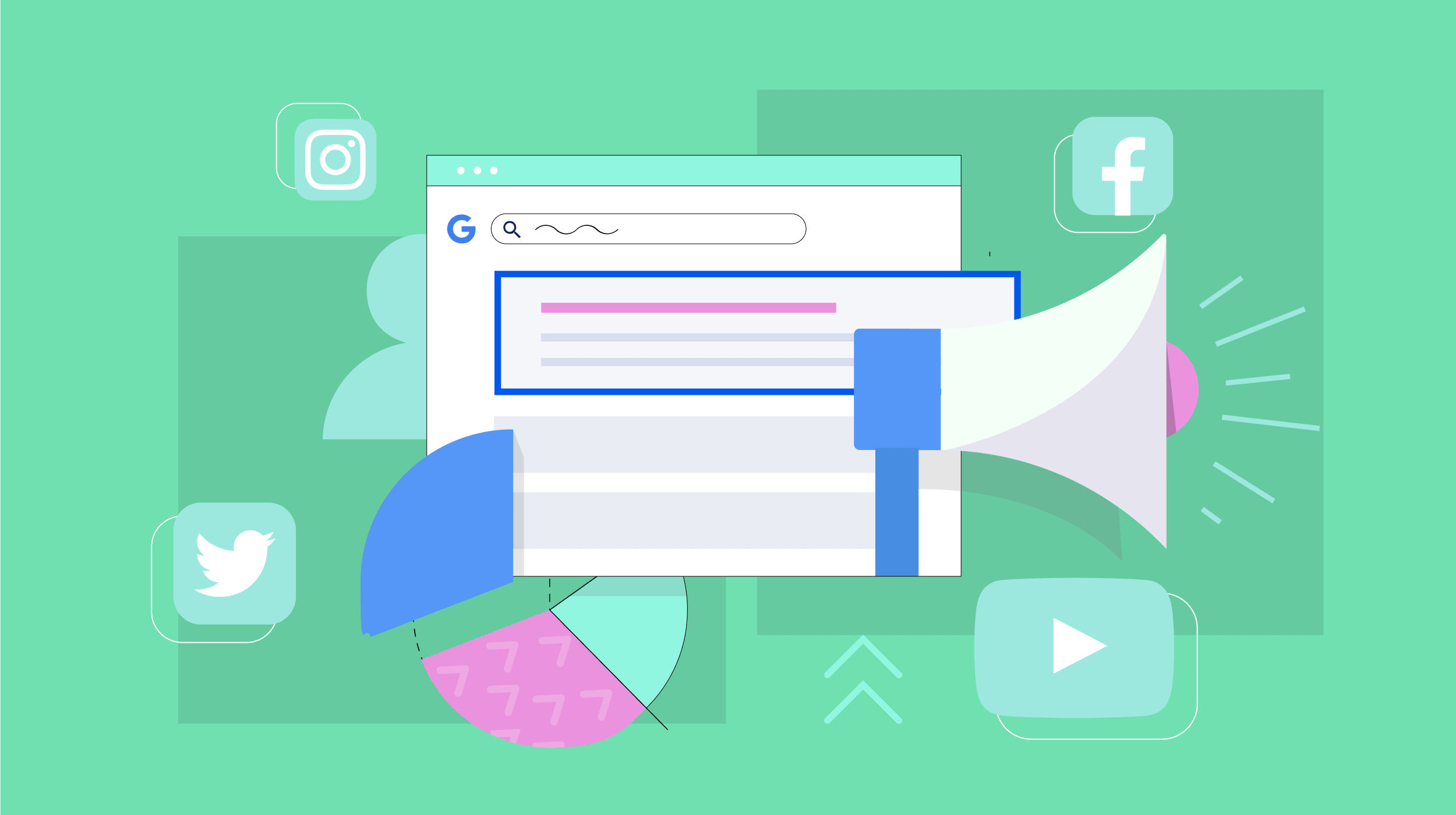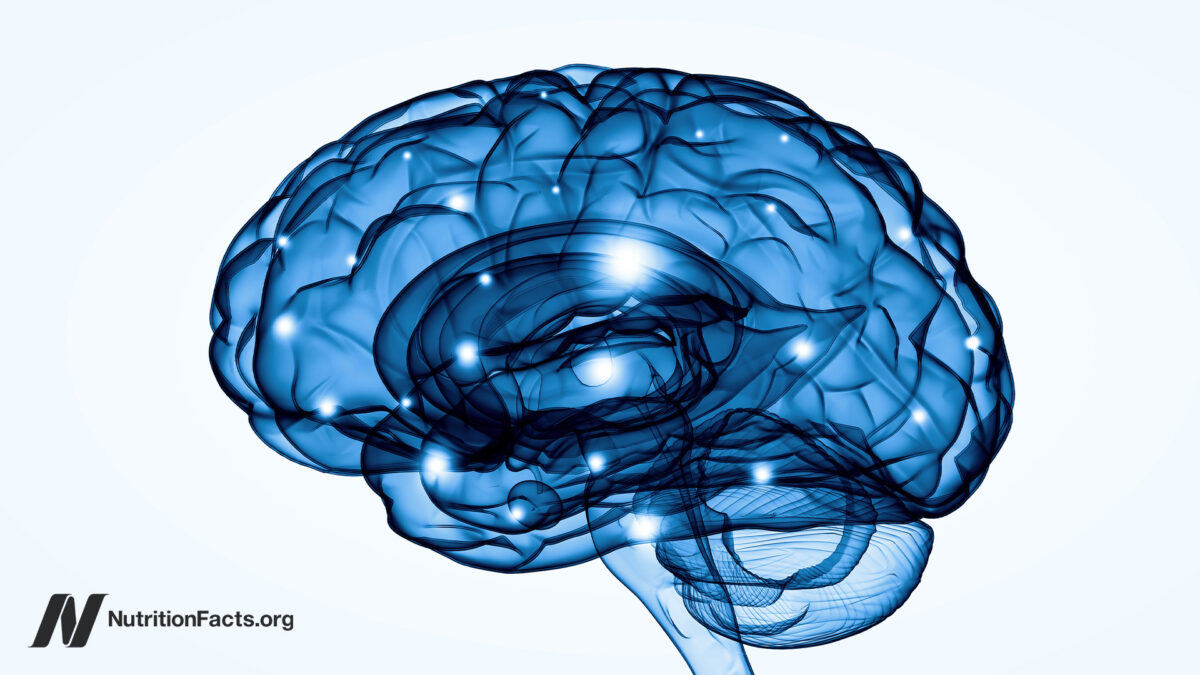Do You Pick At Your Scalp? Here's What Experts Want You To Know
Your 101 on scalp picking.


mbg Assistant Beauty Editor
mbg Assistant Beauty Editor
Hannah Frye is the Assistant Beauty Editor at mindbodygreen. She has a B.S. in journalism and a minor in women’s, gender, and queer studies from California Polytechnic State University, San Luis Obispo. Hannah has written across lifestyle sections including health, wellness, sustainability, personal development, and more.
Image by Leandro Crespi / Stocksy November 17, 2022 Our editors have independently chosen the products listed on this page. If you purchase something mentioned in this article, we may Some casually touted, “beauty concerns,” actually can be the manifestation of mental health concerns as well. Mental health and beauty are deeply connected and symbiotic. Your skin influences your mental well-being, and your mental-well being affects your skin. Take acne for example—so many people with chronic breakouts feel the effects on their self-esteem and mental health; so much so, that large review studies even found a strong link between having acne and the risk of anxiety and depression1. In the same vein, sometimes mental health struggles can manifest in our appearance, and scalp picking is one common example. While it's not always related to mental health struggles, it certainly can be—and is in many cases. We ask mental health professionals and scalp experts for the 101 on scalp picking—here’s what they want you to know. 
Advertisement
This ad is displayed using third party content and we do not control its accessibility features.
What is scalp picking?
Scalp picking is simply the act of, well, touching and pulling at your scalp. There are a few reasons one might find themselves doing this.
If you pick at the scalp due to product buildup, tight hairstyles, or itchiness from a new hair or scalp product, it’s not necessarily something to worry about. If this is the case, just be mindful of why it's happening and work to adjust your hair care habits accordingly. For example, work on clearing out that buildup—we suggest a clarifying shampoo or a gentle scalp scrub to help you press reset. Or if yours is due to tight hairstyles, try and loosen it up a bit.
However, some people pick at the scalp as a nervous tick, and this can manifest into a more serious skin-picking disorder known as excoriation or dermatillomania. This can become troublesome both because of the stress it can cause and the physical damage and pain it may have on your scalp.
“Scalp picking is not considered a disorder unless the frequency and/or damage caused to the skin or scalp is significant enough to affect one’s quality of life,” board-certified psychiatrist Edward Pirok, M.D., PhD tells mbg.
Further, “There’s actually very little difference between picking at the skin and picking at the scalp,” board-certified dermatologist Rachel Nazarian, M.D., FAAD tells mbg. So when we’re talking about scalp-picking causes and triggers, the same applies to general skin picking. Aftercare, however, will be different given the nuanced skin that is the scalp.
What is dermatillomania?
Dermatillomania, also known as excoriation, is a mental health condition characterized by the repetitive picking at your skin (whether that be the scalp, face, cuticles, lips etc.) to the point of tissue damage or distress.
And it’s more common than you might think. According to research on the prevalence of excoriation2, “2.1% of the population identified as having a current skin picking disorder, with 3.1% of the population reported lifetime skin picking disorder (i.e. current or past).”
Skin picking is even more common for those struggling with other mental health conditions simultaneously. In that same prevalence study:
Advertisement
This ad is displayed using third party content and we do not control its accessibility features.
There were also notable correlations between dermatillomania and bipolar disorder, drug or alcohol abuse, attention-deficit hyperactivity disorder (ADHD), and tic disorder. All of this to say, dermatillomania can, in fact, be a coping mechanism to soothe another emotion rather than simply act alone.
Why might someone pick at their scalp?
For more context, here’s a bit more about why someone may feel tempted to pick at the scalp.
Advertisement
This ad is displayed using third party content and we do not control its accessibility features.
Mental health triggers.
As stated above, mental health triggers are a significant reason that people pick at the skin and the scalp. “Compulsive picking is often preceded or accompanied by a high level of anxiety or stress that may trigger skin-picking episodes,” Pirok says.
“Skin picking can release endorphins and dopamine in some, causing a temporary feeling of pleasure and satisfaction,” Pirok says. “For others skin picking is a way to self-soothe, tuning out the world and focusing on just one thing,” he continues.
For those with OCD, picking acts as a compulsion to neutralize the obsession about the skin, he says.
“For some, the act of skin picking provides a feeling of relief or pleasure,” he continues. So you may rely on picking the scalp as a way to feel better during a time of high stress, or it may become something that gives your brain a feeling of pleasure.
It’s important to note that, “Skin-picking episodes can be a conscious response to anxiety or may be done as an unconscious habit,” Pirok says. To repeat: Skin picking is not always intentional—you can fully pick at your skin as an unconscious habit.
Trauma.
Skin picking can also be a trauma response in children and adults. “We have seen that trauma in childhood, such as physical or sexual abuse, loss of a loved one, a parents’ divorce, etc., can trigger some children to begin picking their skin,” Pirok notes.
“And for adults already diagnosed with the disorder [dermatillomania], physical or psychological trauma can certainly cause picking to amplify,” he continues.
Advertisement
This ad is displayed using third party content and we do not control its accessibility features.
Hairstyles.
Scalp irritation or discomfort can be a physical trigger for scalp picking. If you are wearing protective styles, such as tight braids or ponytails, you may be more inclined to reach for the scalp in the first place.
Plus, if the style causes inflammation, then you may want to pick at the inflamed skin either to soothe or itch the area. Especially if you wear tight styles often, this can quickly become a habit.
Irritating ingredients.
If your scalp is itchy, you’re naturally going to want to scratch it. Once you scratch the scalp, you may find skin flakes that are tempting to pick at and thus, begin actually damaging the tissue. While a thin flake of skin may not seem like much, the repetitive picking can manifest into larger, more significant patches of damaged skin.
Advertisement
This ad is displayed using third party content and we do not control its accessibility features.
Product buildup.
If you tend to use dry shampoo, hairspray, or styling paste on a regular basis, then you may be more prone to product buildup. This can make the scalp itchy and uncomfortable, and serve as an easy tugging point. As mentioned earlier, try to limit those products or use a clarifying shampoo or scalp scrub every once in a while if you begin to notice buildup.
Scalp pimples.
Just as breakouts on the face can be tempting to pick, so can those on your scalp. Especially if you’re not sure whether it’s a breakout, bump, buildup, or something else, the first instinct is often to pick at the unknown on our skin.
Skin picking vs. hair pulling:
While dermatillomania on the scalp can eventually result in hair loss, it is not the same as compulsive hair-pulling, formally called trichotillomania3. That being said, trichotillomania (which can happen on the head, lashes, brows, etc.) and dermatillomania are both compulsive disorders often triggered by mental health conditions like stress and anxiety.
Also, according to the prevalence study, 12.7% of people with dermatillomania also have trichotillomania—so if you’re pulling your hair and picking your scalp or skin, you’re not alone.
What pros recommend: The replacement method.
When you feel the imperfect skin on your scalp (or anywhere else) that becomes an obsession—then, picking follows as the compulsion, Pirok says. “A way to disconnect the obsession from the compulsion is to develop a Replacement Behavior, something you do instead of picking,” he says. “Which thereby increases the time from the obsession to the compulsion.”
You can replace picking with the application of a scalp-soothing product, like the Carter+Jane ScalpFix+ or PickFix for the skin—both of which formulated to help with scalp and skin picking while simultaneously nourishing the skin.
Or, you can opt for gentle scalp massage. “I always recommend replacing a more damaging habit, such as scalp picking, with a more positive practice such as a scalp massage with a scalp gua sha,” certified trichologist, celebrity stylist, and founder of scalp-first hair care brand Act+Acre Helen Reavey tells mbg.
“Not only will they promote relaxation but more importantly, they will positively impact the scalp, reversing the potential for additional irritation and damage,” she continues.
“This replacement or delay of the compulsion is in essence using a ‘harm reduction model,” Pirok says. “Replacing picking with an activity you do with your hands is typically very structured at first then become automatic,” he continues. This is the first step to easing scalp picking—more tips to follow.
Stress management techniques.
Scalp and skin picking is more often related to mental health, and less often to do with beauty. So the first step to tending to your mental health is to work on lowering levels of anxiety.
When you feel yourself start to pick, try to replace it with one of these soothing strategies instead.
Here, a few general relaxing techniques to explore:
Breathwork.
Breathwork is an active form of meditation that can help you disconnect from your mind and enter a relaxed state. The best part? You can do this anywhere, anytime. So if you feel yourself starting to pick in a social setting, try to focus on your breath.
Breathwork comes in many different techniques—here’s a few to explore and their benefits.
Movement.
Research studies have found that exercise may help alleviate depression and anxiety overall4—which in turn, will help ease scalp picking at the source. Not to mention, exercising (even if it’s just for 20 minutes a day) will help fill the gap in your schedule.
If you find yourself picking during moments of leisure or boredom, then exercising during those times—whether it be yoga, walking, running, or another activity—may help distract you from picking and boost your brain health as well.
Meditation.
Meditation has been around forever, but in recent years researchers have put it to the test for anxiety—with exciting and positive results. In this review5, researchers deemed mindfulness-based therapy as “a promising intervention for treating anxiety and mood problems in clinical populations.”
Of course, seeking professional help is most important when it comes to conditions like anxiety, but meditation is one practice to keep in your back pocket.
Finding a form of meditation you truly enjoy is the first step to creating a consistent and beneficial practice, so here’s the 12 basic kinds of meditation to get you started.
How to keep the scalp irritation free.
If your scalp has been damaged from scalp picking, irritating ingredients, tight hairstyles, or any other form of trauma to the skin, you’ll want to work on restoring its health. Here, a few tips.
Loosen up your hairstyles if you can.
Tight hairstyles can irritate the scalp and even lead to targeted hair loss, known as traction alopecia. If you loosen your ponytails or braids at the root, you may be less tempted to reach for the scalp.
Switch to hypoallergenic hair products.
If you have damaged skin on the scalp, Heavey recommends avoiding alcohol and fragrance. In addition, exfoliating ingredients like salicylic acid and tea tree may sting the broken skin as well.
Look for organic, hypoallergenic hair products. When you shampoo, avoid scratching the scalp with your nails, and most definitely do not use any kind of scalp scrubs or chemical exfoliating treatments while your skin is healing.
Skip sticky products.
Hairspray, hair gel, some dry shampoos, or any other sticky products should be avoided for now. If your hair is sticky, you'll be more tempted to pick and pull at the scalp. The only products you put on your hair or scalp should be soothing and softening.
Practice regular scalp care.
Just as you wouldn’t put irritating ingredients on damaged facial skin, the same goes for the scalp. Instead, use hypoallergenic and clean hair care products and scalp treatments, like the Act+Acre soothing serum.
“Our Stem Cell Scalp Serum is actually full of wound healing ingredients including Aloe Vera, Glycerin, and Apple Stem Cells,” Reavey explains. “They work to hydrate the scalp and reduce irritation, helping to move the wound healing process along,” she continues.
Avoid other damaging practices like extra hot showers, violently brushing through your hair, and blowdrying the roots if you can help it. Let the skin on your scalp fully heal before going for any kind of exfoliation or strenuous hairstyles.
When to see a doctor.
If you pick your scalp every once in a while due to product buildup or tight hairstyles, it may not technically be dermatillomania. However, if this has become a habit or you see physical damage to the scalp (as in scratches, broken skin, etc.), then you should see a mental health professional if you can.
“Cognitive Behavioral Therapy (CBT), a type of talk therapy, in addition to Exposure Response Prevention (ERP), is currently the most effective therapeutic approach for excoriation disorder,” Pirok says.
And if you’re tending to your mental health and working to limit picking, visiting a dermatologist or trichologist can be beneficial for your scalp health, too. These professionals can help you pick and choose safe and effective topical products to encourage healing and minimize irritation.
And remember, skin and scalp picking is common, especially if you are already struggling with depression or anxiety. Know that you are not alone and there are plenty of professionals out there to help you through the process.
The takeaway.
While picking the scalp may lead to physical, beauty-centric concerns, the cause of scalp picking is rooted in mental health. If you or someone you know tends to pick at their skin, it’s best to visit a mental health professional to help you limit picking and a trichologist or dermatologist to help heal the scalp. If you want to dive more into scalp care 101, we’ve got you covered—start here.

 Tfoso
Tfoso 

































